The goal for permanent make- up is harmony and aesthetics!
People are harmonious by nature; therefore, the sum total of the external features in the appearance of a person always strives for balance. The aesthetic perception of the visible appearance is found within a person. Above all, visual evaluation of appearance comes at first glance.
Aesthetics is the realm of an emotional, sensory relationship with the world. Aisthanomai (Greek) is what is perceived by the senses; it is sensory, tangible, imaginary, and illusory. The realm of knowledge uncovering the (Greek) is conformity, agreement, unanimity, connection, and proportionality. Harmoge (Greek) is junction, combination, or binding, i.e. the removal of differences that are too sharp, contrasting in tones; evenness, softness of tonal transitions – nuances.
When disharmony is introduced into the general appearance by a specialist’s hands, or, conversely, when a full-fledged, completed style is created, it is difficult not to notice it.
In Figures 1 and 3, harmony of the image, wholeness of composition, and correspondence of the make-up to the color type, style and appearance as a whole are shown. In Figures 2 and 4, the make-up exists separately from the person.
PREREQUISITES OF WELL-DONE MAKE-UP
From what point must the make-up artist start with the correct approach to the PMU procedure?
There is an accepted sequence of steps for scanning a person by convention:
• Age;
• General style;
• Purpose of make-up;
• Shape of the face;
• Shape of facial features;
• Type and color of the skin;
• Color type.
Age is the period or stage of development of every person. Preferences of taste can change throughout life. For example, with career development or with a change in the sphere of work one’s social environment may change as well. In addition, only with experience and some experimenting comes the understanding of one’s individual taste and style. If youth is the brilliance of color and light, then people of mature age need not use bright or unnatural shades and should not emphasize contrasts.
A PMU specialist must know that the brighter and more saturated the color is, the more ideal the shape and the more faultless the skin must be!
Any flaw or defect of the skin, asymmetry (which becomes more noticeable with age), wrinkles or droopy corners become even more prominent with bright make-up on! The goal of a PMU specialist is to correct the asymmetry of certain facial characteristics and age-related changes, as well as to define the attractive features and conceal the least attractive ones.
Another nuance directly related to age: blood vessels become more brittle, skin becomes thinner, and translucent blood vessels add a cool tint to the skin. Due to hormonal changes in the body, pigmented spots begin to appear, and their color (yellow, brown, or olive) will directly affect the selection of pigment color for PMU.
Style has a certain connotation for target selection and task statement in PMU. It is necessary to take into account clients’ motivation and the outcome they expect from the procedure. Their lifestyle and type of work determine their style. The combination of all factors to consider: clothes (sports style, business, classic, etc.), color preferences (range, tone, brightness), accessories, and manner of behavior (emotional status). All of these parameters are important in understanding the client’s wishes.
Many PMU specialists are confident that the selection of color and shape does not need to be influenced by the client’s wishes. However, it should not be overlooked that a PMU procedure must above all create a feeling of comfort on a daily basis. Additionally, the procedure should be performed in such a manner as to not cause the client to have it removed or conceal it.
The shape is one of the most important elements in this work. It is, above all, an expression of emotion. It is possible to make one’s look more expressive, as well as it is possible with an improper selection of shapes to give the face a surprised look. It is possible to turn the lips into a half-smile by turning the corners upward, or it is possible to make the face look sad, almost tearful, by pulling the lips downward.
Facial expressions, the contour of the skull, and the expression of emotions – everything must be taken into account. The benchmark of a correctly shaped face is one that is distinguished by smooth contours of the forehead, cheekbones, jaws and chin and by how they all fit into the oval of the face.
Consequently, the conventional ideal is an oval-shaped face with regular features. If it is necessary to decide which facial feature is the most important one, then, of course, the eyebrows should take priority. All make-up may be useless if the eyebrows are shaped incorrectly.
Therefore, it is necessary to know their structure – their shapes and lines – as well as the rules for their shaping. A harmonic combination of the eyebrows with the eyes and lips and the overall shape of the face add charm. The eyebrows are able to create or destroy this charm, to emphasize beauty and attractiveness of the eyes or give the face an undesired expression, enhancing flaws.
The eyes are the first and foremost means of communication with those around you. They reflect the best of all our character and emotions. A woman always wants to highlight them, even if she prefers not to wear any make-up.
When applying eye make-up, it is important to be very cautious. Refinement and charm are able to produce an impressive effect.
Considering that pigment on the eyes (especially black) may stay there one’s entire life, it is necessary to choose the shape wisely.
If eyeliner is applied beyond the corners of the eyes or pointed downward, a tearful or comical look may be achieved. Moreover, with age the corners of the eyes are lowered even more. The corners should not merge with the lower edge of the eyelashes as is often done in make-up procedures, since the corners of the eyes are the most complicated areas for removing low quality work. Frequently, removing pigment in this area is practically impossible.
The lips are formed by the circular muscle of the mouth covered by the fatty, subcutaneous layer and mucous membrane. Therefore, deviation from the natural pattern should not exceed 1-2 mm, since the structure, thickness and
color of the skin and lips are different.
If cosmetic tattooing extends beyond the vermilion border, it will be very noticeable. The lips are very mobile; if the shape is chosen incorrectly, it becomes very prominent. The corners are also an area of importance. Applying even one stroke too low (especially if the corners are droopy) will immediately result in a pout.
Color is another important factor of correct PMU procedures. How harmoniously the color will blend in with the whole image in general depends on choosing the color correctly. A person is able to perceive the visible color spectrum and estimate it both cognitively and aesthetically. In addition, color directly depends on the age, since after the age of 30 the skin tone becomes cooler and colors become faded.
What determines the color of the skin, hair and eyes of a person? They are determined by the ratio of three pigments: carotene (yellow), hemoglobin (red), and melanin (brown). Their composition constitutes all varieties of colors and shades of skin, hair, and eyes. Skin is a thin color filter, which is why the tone prevailing under its surface and shining through it determines the color type – a very important characteristic of one’s appearance. You can dye hair or apply a thick layer of make-up on your face, but the skin undertone will be visible and cannot be altered even by tanning in a tanning booth or taking carotene. This is why the color of the healed dermapigmentation directly depends on the skin color and its type. Before we can recognize the pigment color, it undergoes spectrum refraction and deformation, because the pigment is located under a certain layer of cells, including those that produce melanin.
Color saturation depends on the skin type, because the thinner the skin is, the closer the color is to the surface and the brighter and more saturated it will be.
“Spring” types can be characterized by soft, pink, thin skin with freckles, which is prone to reddening. This is why it is not recommended in PMU procedures to use pigments of warm shades, which contain a lot of red.
The “Fall” type implies both fair skin (but with distinct yellowish or orange undertone) and olive- colored skin. In this case, in order to keep the balance it is necessary to use both cool colors and orange-brown colors that are able to add warmth to the skin and bring it into balance if there is an olive pigment in it.
The representatives of “Summer” type skin can have both light and thin skin (possibly even porcelain) and olive skin. One should not use shades with a lot of gray for the eyebrows because a graphite shade will prevail.
The “Winter” type is pale, as if not having sufficient color (blue undertone). This is why all shades of gray on eyebrows can fade into a blue shade. Pigments that are used for lips and contain excessive dark blue (lilac-pink, fuchsia) often turn into ashy-lilac or cyanotic.
Using black or dark gray on the cool, pink skin.; such color will always gradate into dark or light blue.
It is important to understand that a warm skin tone always implies a cool hair color. A cool skin tone always implies a warm hair color. Eye color, in this case, has to balance a general impression even more and to give it more harmony. If the skin is of a neutral, balanced tone, which can be difficult to classify, then both the hair and eyes will have a color that is difficult to determine. Being familiar with this rule will help a PMU specialist classify the color type of a person, even if their hair is dyed and they wear colored contact lenses.
While we tend to believe that natural tan does not affect the skin tone significantly, it is, however, the tan that often misleads a specialist by sending an incorrect message about the natural undertone of the skin. It can only be wise to pay attention to those areas of the body that never tan. Only they can reveal the real picture.
In reality, it can be very difficult to determine how warm or cool the skin tone is. This problem can be solved only by experts in color analysis of appearance who have dealt with dozens of clients.
In the process of determining an individual’s natural coloring, the following characteristics should be considered: hue, brightness and saturation of various colors in relation to their skin, eyes and hair. It is possible to identify the dominant characteristics of appearance: light or deep, soft or contrasting, and warm or cool.
• Light type: spring or summer.
• Deep type: winter or fall.
• Soft type: summer or fall.
• Contrasting type: winter or spring.
• Warm type: fall or spring.
• Cool type: winter or summer.
With such gradation, each season repeats itself three times, i.e. it is possible to have three dominants. However, only one of the three dominant characteristics is primary. It is the primary characteristic that determines
the base color palette. Additional colors are determined on the basis of secondary and tertiary characteristics.
The modern color analysis classifies a person’s appearance judging by the result of mixing of these three pigments.
Coloring (Italian colorito, from Latin – “color”) – composition, consistency, a combination of colors, (the tones of a chromatic series) matching each other. Natural, real coloring is the most harmonic, correct and appropriate.
The best choice for a person is the one that is based on their natural appearance. It is necessary to take this into account while selecting permanent make-up. Decorative make-up produces a temporary effect and is used to create an image in a certain style for a specific purpose (party, wedding, photoshoot, etc.).
Permanent make-up above all must have a natural character because it exists along with the natural coloring for many months and years to come. Do not forget about the brightness, saturation, and contrast of chosen shades either. Bright colors, which are used in make-up design, should not be used in PMU! They look unnatural and often even vulgar.
Color saturation is a quality of purity and brightness of a chromatic (color) hue. It is determined by the lack of inclusions of other hues. This is why the main colors of the spectrum, such as red, blue and yellow, are more saturated. The least saturated achromatic colors are black and white; therefore, they have a maximum ability to absorb the colors of a chromatic series. Adding black and white to the color makes it a tone and reduces its saturation.
Brightness is a quality of the color or chromatic hue determined by the combination of saturation and lightness. For example, dark colors – blue and purple – have visual depth, and, consequently, have sufficient saturation; light colors – yellow and orange – are conversely not as deep and saturated; however, they are brighter.
Lightness is a qualitative character of the color. In the achromatic (black and white) scale of colors, this pattern is most vividly symbolized: from the lightest – white color to a deep black one.
The lightest colors of the spectrum are yellow and orange; red and green are among the medium; blue and purple are the darkest.
In addition, each color hue can vary in lightness by changing its saturation, i.e. adding white and black, making it a tone. Based on such a detailed study of appearance, one can draw a conclusion about further modifications in modeling the appearance.
Modeling (Italian – modellatura) is giving a desired shape in accordance with a preplanned pattern or an image in the artist’s imagination.
To model – to shape, to enrich the form with nuances and small details, to bring it to a completed state.
Each specialist sets priorities differently: some of them pay more attention to medical aspects; some emphasize the technique of permanent make-up application; others believe it necessary to be an artist. Many of them believe that a PMU procedure has a decorative nature. It is obvious that permanent make-up includes all of these parameters. If your procedure is performed correctly from a technical standpoint, but the harmony of the image is undermined and the color and shape are chosen incorrectly, very few people will appreciate the quality of your work. Our main judges are our clients!




